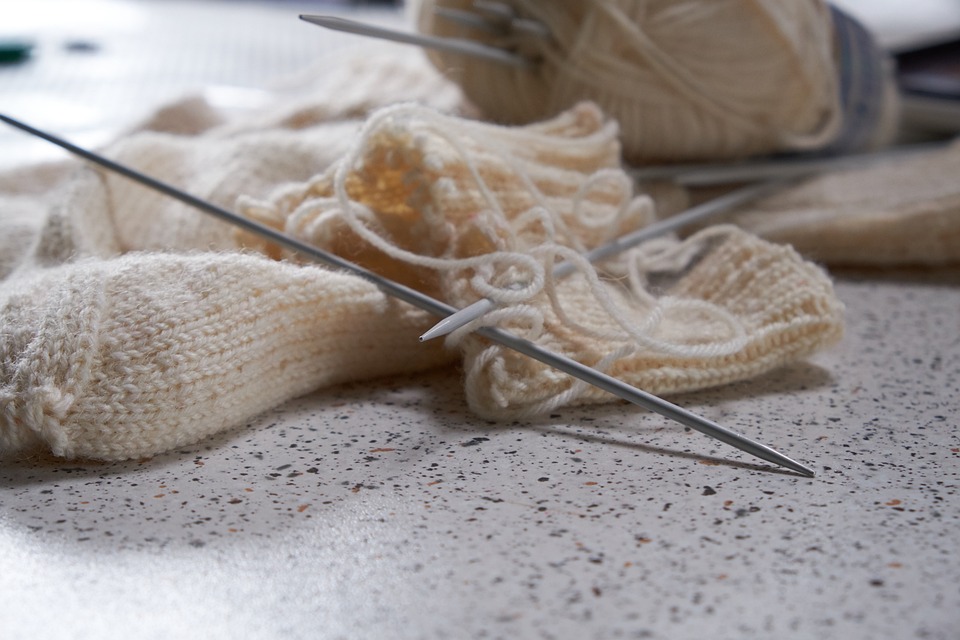Threadology 101: Understanding the Anatomy of Sewing Threads
When it comes to sewing, the choice of thread plays a crucial role in determining the overall quality and durability of your project. Whether you are a seasoned seamstress or a budding DIY enthusiast, understanding the anatomy of sewing threads is essential for achieving professional-looking and long-lasting results.
Threads are a fundamental component of any sewing project, allowing pieces of fabric to be joined together securely. They are available in a variety of fibers, thicknesses, and finishes. Each thread type possesses distinct qualities, which can impact the strength, appearance, and functionality of your stitches.
Before delving into the different types of threads, it is important to understand the main components that make up their anatomy:
1. Fiber: The fiber of a thread refers to the material it is made of. Common thread fibers include cotton, polyester, silk, nylon, and rayon. Each fiber has its own unique characteristics, such as strength, elasticity, and ability to withstand heat, which influence its suitability for different sewing projects.
2. Twist: The twist of a thread refers to the way the individual fibers are twisted together to form a single strand. Threads can have a low, medium, or high twist. The twist affects the strength and durability of the thread, as well as its ability to withstand tension and friction during sewing.
3. Ply: Ply refers to the number of strands twisted together to create a single thread. Threads can be single-ply (a single strand), two-ply (two strands twisted together), or multi-ply (three or more strands twisted together). Multiple plies increase strength and reduce the likelihood of breakage under stress.
4. Thickness: Thread thickness is denoted by a number. The higher the number, the finer the thread. For example, a thread labeled as 50 means that 50 kilometers of the thread weigh one kilogram. Thicker threads are more suitable for heavy-duty sewing, such as upholstery or denim, while finer threads are used for delicate fabrics like chiffon or silk.
5. Finish: Thread finish refers to any coating or treatment applied to the thread to enhance its performance or appearance. Common finishes include mercerization, which improves strength and luster, and siliconization or waxing, which reduces friction, making the thread glide more smoothly through the fabric.
Now that we have a basic understanding of thread anatomy, let’s explore some commonly used thread types:
1. Cotton Thread: Ideal for general sewing purposes, cotton thread possesses good strength and works well on natural fibers. It is breathable, durable, and can withstand high heat, making it suitable for garments, quilting, and home decor projects.
2. Polyester Thread: Polyester thread is known for its superior strength, durability, and resistance to abrasion. It is less likely to shrink or fade than cotton thread, making it suitable for heavy-duty stitching, upholstery, and outdoor projects.
3. Silk Thread: Silk thread is prized for its lustrous appearance and smooth texture. It is lightweight and ideal for delicate fabrics, silk garments, and embroidery.
4. Nylon Thread: Recognized for its exceptional strength and resistance to stretching, nylon thread is commonly used in heavy-duty sewing, such as leatherwork, canvas, or upholstery. It is also resistant to mildew and chemicals.
In conclusion, understanding the anatomy of sewing threads is crucial for achieving successful sewing projects. By considering the fiber, twist, ply, thickness, and finish of a thread, you can select the most suitable option for your specific sewing needs. Investing in high-quality threads will ensure that your stitches hold up over time, resulting in professional-looking, durable, and long-lasting creations.

